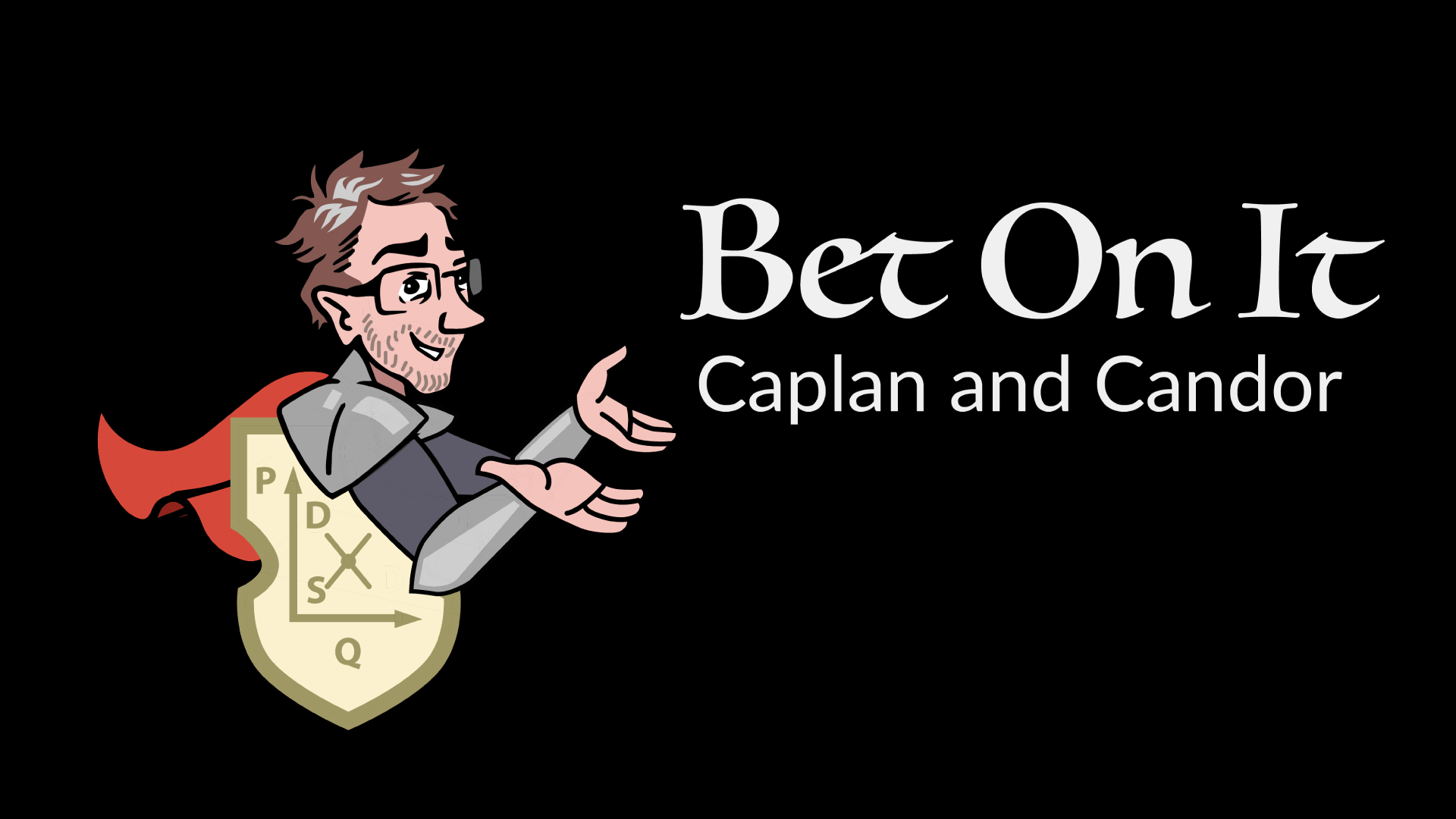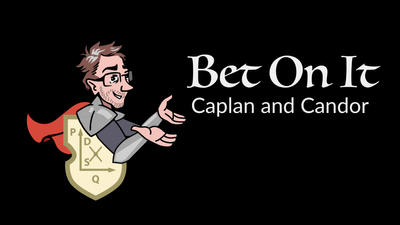“What is ‘Effective Altruism?'” On more than one occasion, I’ve eavesdropped while prominent self-identified members of the Effective Altruism movement explain their existence to the uninitiated.
If you’re not paying attention, the explanations sound mild-mannered, even trivial: “Effective Altruism is about figuring out how to use resources to do the most good.” (For greater immersion, imagine the explainer speaks like a surfer).
If you are paying attention, though, you’ll hear a thinly-veiled attack on every other do-gooder organization on Earth: “Everyone but us is ineffective – and you know why? Because they can’t be bothered to think hard about the best way to spend their limited charitable resources.”
But isn’t that a bizarrely self-aggrandizing claim? Yes… until you look at where people spend their charitable dollars. There’s plenty of money for religion, education, and the arts – but very little for fighting dire international poverty. Here are the basic philanthropic facts for the U.S.:

Why, though, would people make so little effort to give effectively? Because donors’ dominant motive is to feel good about themselves, not improve the world.
Why, you might protest, would the two motives diverge? Because wishful thinking sounds good – and cold, unvarnished truth sounds bad. That’s the heart of what psychologists call Social Desirability Bias: When the truth sounds bad, people lie – and when the lies become prevalent enough, people start to actually believe them.
Admittedly, most charitable donations sound good in absolute terms. Saving war orphans sounds good. So does sponsoring a special ballet performance for poor urban kids. The problem: For many people, the latter sounds even better than the former. Especially because naming the blatant flaws in the children’s ballet idea makes you sound like a misanthropic philistine. Flaws like: “A lot of kids will be really bored” and “Many if not most of the boys will hate the whole performance.”
The same goes for most educational donations. Higher education already has piles of financial aid for the poor yet talented. So in the best-case scenario, your donation will subsidize education for the poor yet not-so-talented. People unlikely to do a lucrative major – or even finish their degree.
Added difficulty: While most charitable goals sound good, the analytical methods that typify Effective Altruism sound like fingernails on a chalkboard. Questions like: “Do these donations actually work?,” “Have you even tried to measure the payoff?,” and “Why not just buy more malaria nets?,” strike most listeners as hard-hearted.
And as much as you protest, “Hard-headed, not hard-hearted!,” you’re unlikely to win over psychologically normal humans. When you talk numbers, their impulsive reaction is to stonewall, “Well, I just feel differently,” – or even “You just don’t care!”
Upshot: The ubiquity of Social Desirability Bias – especially in the philanthropic sphere – is the root cause of actually-existing altruism’s low average effectiveness. This is why common-sense ideas like calculating lives saved have such a massive untapped payoff.
When you have an easy-to-grasp business idea, the go-to objection is and ought to be, “If this is such a good idea, why isn’t everyone already doing it?” When you have an easy-to-grasp philanthropic idea, in contrast, there is a straightforward response to the analogous go-to objection. Namely: “My good idea doesn’t sound good, especially to highly emotional philanthropic elites.” Effective Altruism has great promise because ineffective altruism prevails. And ineffective altruism prevails because Social Desirability Bias continues to run amok.

The Myth of the Rational Voter: Why Democracies Choose Bad Policies - New Edition, – Illustrated (2008)
The greatest obstacle to sound economic policy is not entrenched special interests or rampant lobbying, but the popular misconceptions, irrational beliefs, and personal biases held by ordinary voters. This is economist Bryan Caplan's sobering assessment in this provocative and eye-opening book. Caplan argues that voters continually elect politicians who either share their biases or else pretend to, resulting in bad policies winning again and again by popular demand.
TRANSCRIPT: The Myth of the Rational Voter by Bryan Caplan is worth the read. In case anyone is wondering why we link to Google Books versus Amazon, it's not because we receive monetary compensation for one versus the other. We, at planksip, support Google Books over Amazon simply because our Journalists use a shared copy for commenting. Of course, we have to purchase individual copies for each contributor on any given project or story, but the ability to create a shared Google Doc directly linked to the book, research or citations is extremely valuable.
If you would like to sign up to be a planksip contributing writer, feel free to set up an appointment with me directly.
If your writer's voice is fiercely independent and embodied as the protagonist for the truth, if you feel like you have something to offer planksip and want to be a contracted, employed or official contributor then let's chat.






